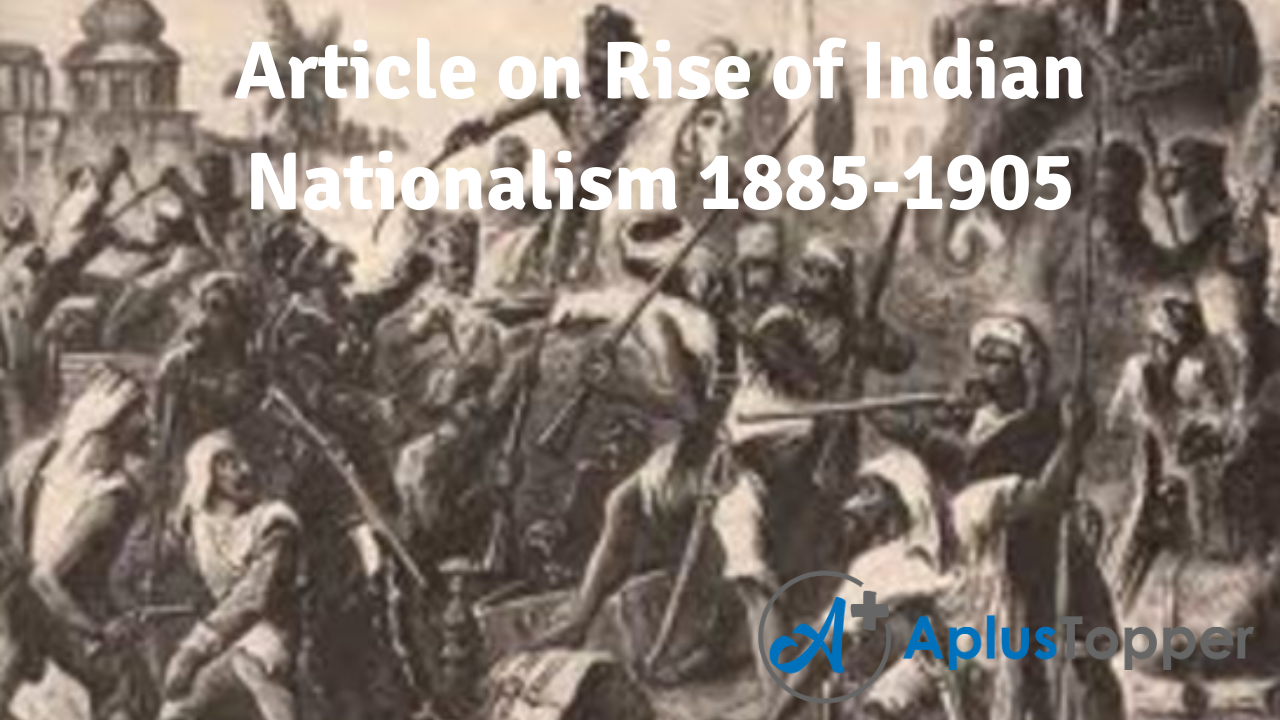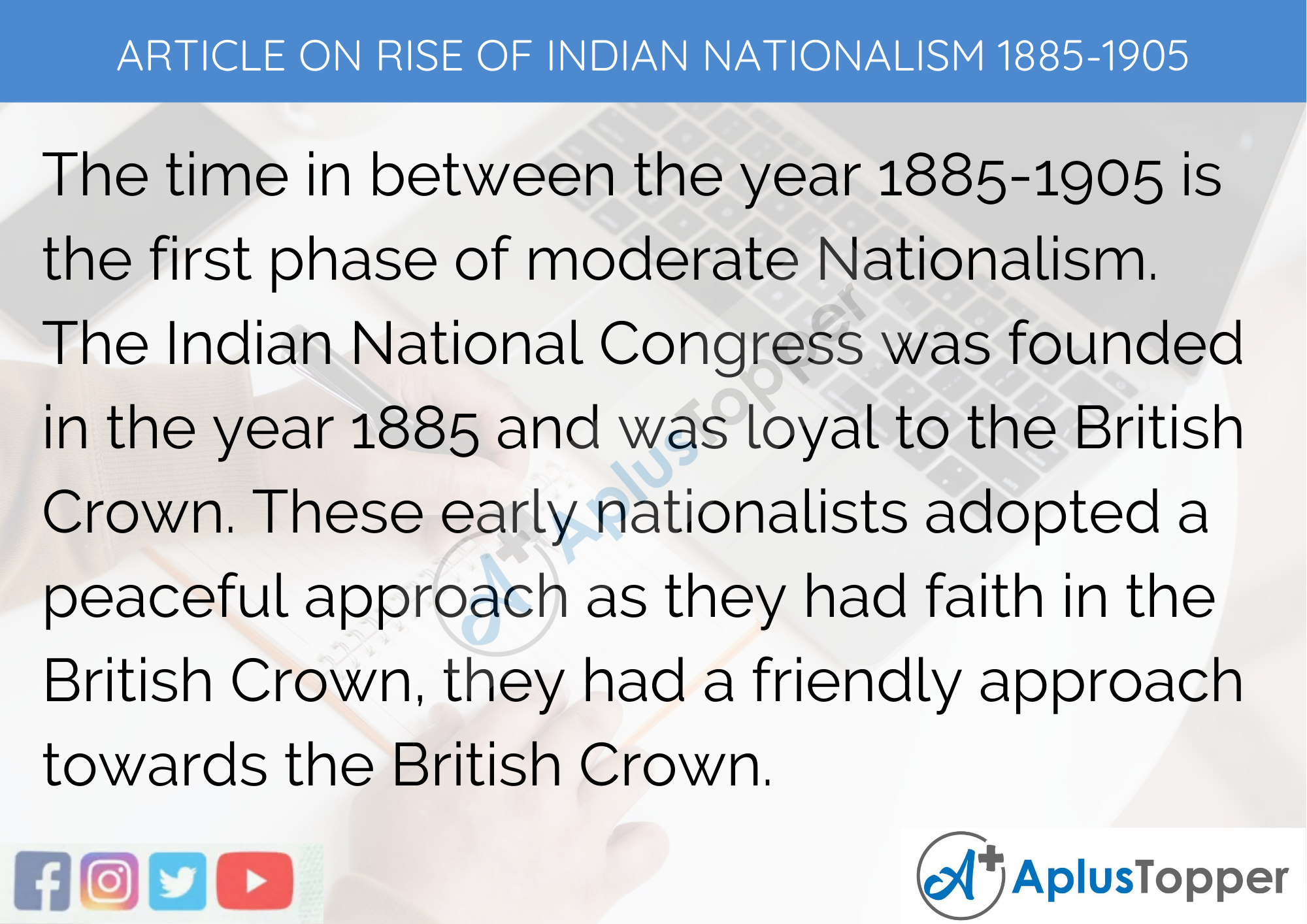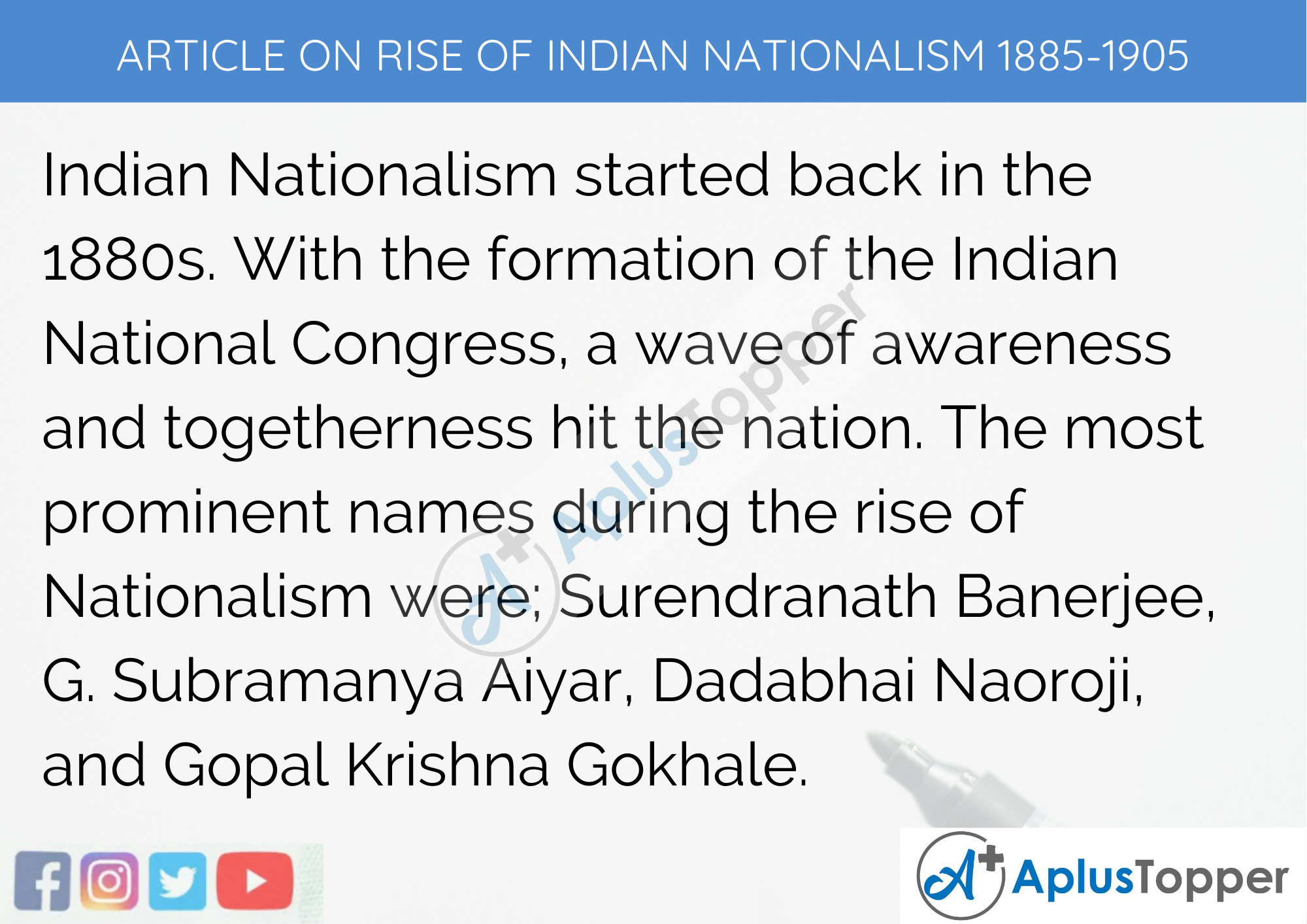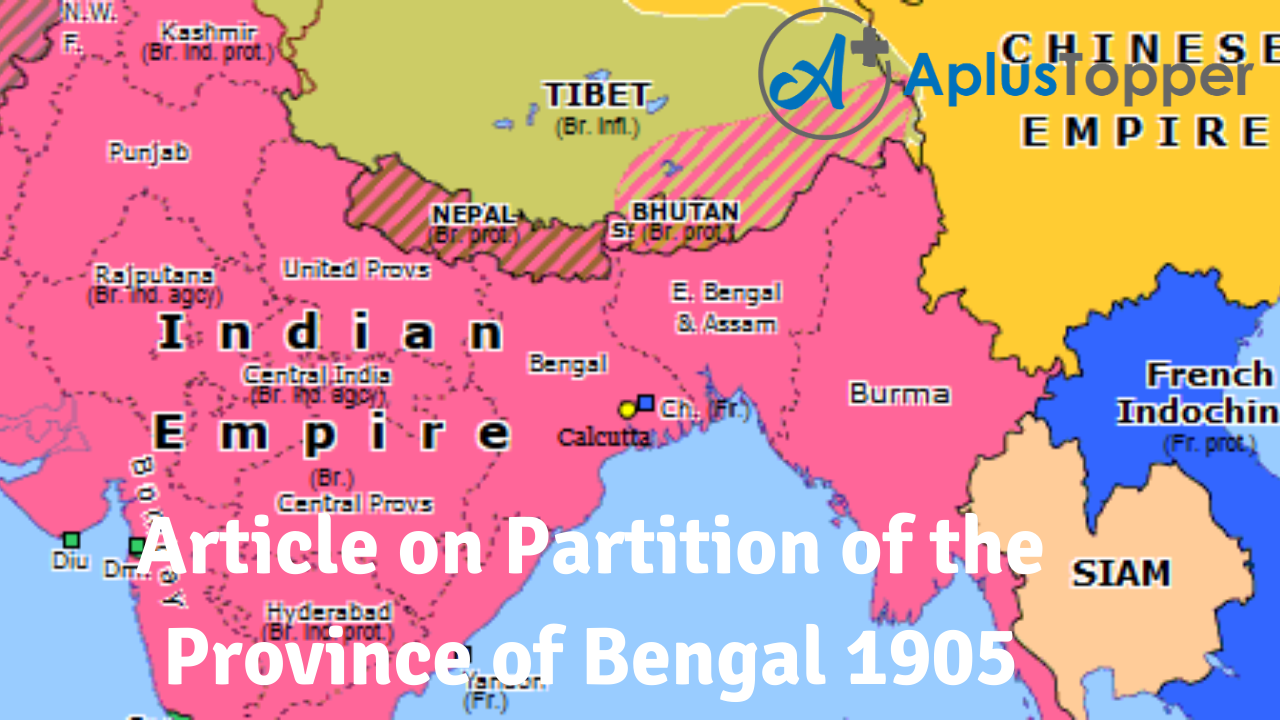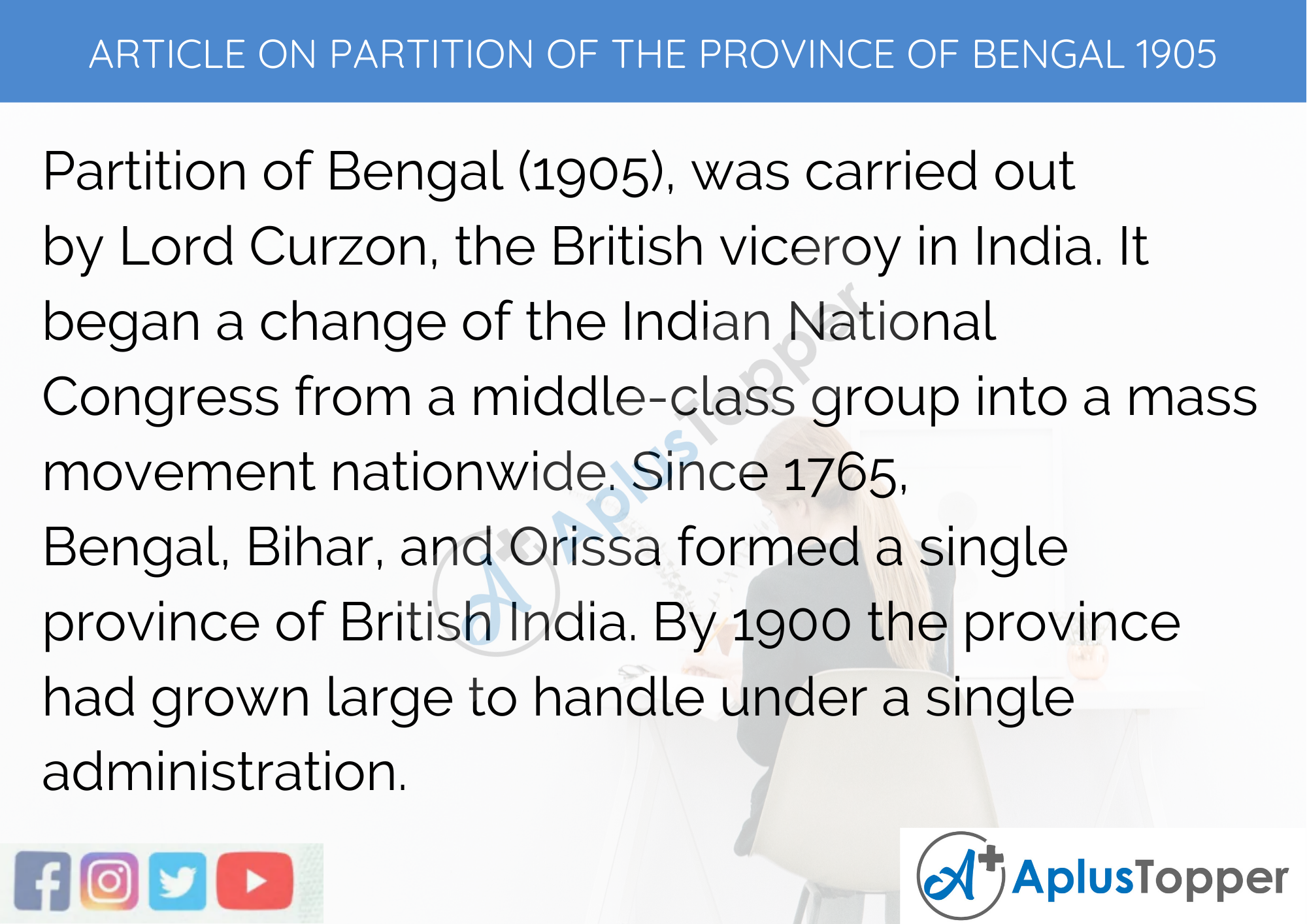Article on Save Water: Water is the single most important resource on the planet that we live on, and that is why it is essential that we conserve it. Water is the basic necessity for all living beings, and it is incredibly important to conserve it. It is not only important for living and breathing things, but also for many inanimate objects that humans create. For example, to build a house, we need concrete, and to make concrete, we need to mix cement powder with water. Water constitutes more than 70 percent of the Earth’s surface, and yet we do not have enough water for our needs. It is essential to conserve and save water for ourselves and the entire planet Earth.
You can read more Article Writing about people, sports, technology many more.
Long and Short Articles on Save Water for Students and Children in English
Here, we will be providing you with two different kinds of articles on save water. The first will be a 500-word article suitable for middle school, high school, and competitive exam aspirants. The second article will be one of about 150-200 words, which is appropriate for younger students. These articles are not only helpful for the students, but also for teachers looking for some more extra-curricular material to use in their classrooms.

Long Article on Save Water 500 Words in English
Given below is an long article on save water of about 400-500 words, which is suitable for, as mentioned before, students of classes 7, 8, 9, and 10, and also for the aspirants of competitive exams.
“Water, water everywhere, but not a drop to drink.” You must have heard this phrase many times in your life. It means that although there is water all around us, in Earth’s oceans, seas, lakes, rivers, etc., most of it is not drinkable water! The oceans cover up more than 70 percent of all of the Earth’s surface, which is why it is very easy to raise the question – then why do we say that there is a shortage of water? It is because the water in the oceans is so salty that it is not safe to drink it.
Thus, we must rely upon the other sources of water that the Earth provides us, from the rivers that come from glaciers. However, we must also remember that this water is limited, and will exhaust a few decades down the line. Therefore, it is very important to use this water responsibly and do everything we can to avoid wasting it. While there is a lot of water now, if we keep on using water for unnecessary things or wasting it, there won’t be much left around the world.
What if the water in the world finishes? Aquatic life such as fish, coral reefs, seahorses, etc. will not be able to survive, because they will lose their habitats. We humans will not survive because our bodies are made up of 70% water, and without it, we cannot sustain ourselves. All the plants and animals around us will become extinct too. The Earth, which is a planet characterized by its ability to house life, will not be what it is now.
There are several ways to save water, and they are very easy to inculcate in our daily lives. We must not leave the tap water running when we are putting soap while washing our hands. We can use buckets to take a bath rather than use the shower, no flushing of the toilet unnecessarily, always finishing the water in our glasses instead of throwing it away, etc. There are many more ways to save water, too, but these are just some of them for us to understand the little things that can be done.
It is a common saying that there is power in numbers, which means that if all of us get together and do our small parts in saving water, we will surely be able to do so collectively. While individual acts of saving water can do little, if all of us waste less water, or more judiciously consume water, it will all add up to a greater effort.
Thus, water’s importance is invaluable in our lives and the lives of all the species that exist on Earth. It is our responsibility to take care of our planet, and saving water in any way that we can is one of the best ways to do that. We must always remember that the Earth is our home, and we must always take care of our home and keep it clean and peaceful to live in.
Short Article on Save Water 200 Words in English
Read on below to find a short article on save water for students and children of classes 1, 2, 3, 4, 5 and 6. This is a short article about the topic covered in about 150-200 words.
Water is the most important resource in our lives, as you may already know. There is water in the oceans, rivers, seas, ponds, lakes, etc. which are all over the Earth because more than 70% of the Earth’s surface is just water.
If the water on our planet ever runs out, it would be very bad for humans, plants as well as animals. All living beings are dependent on water – plants need water to grow, animals and humans need to drink water to survive, aquatic animals live in water, so they will die if there is none. Thus, if the water on the planet gets over, there will be no future for any of us.
This is the reason why we need to save water. We can save water in many ways, including by taking shorter showers or using a bucket to have a bath instead of a shower, making sure to close the tap properly after using it.
It is a must to remember that our planet, planet Earth, is our home. We all know how important it is to keep our homes clean and nice, and we also have to do the same for Earth. We must protect Earth in whichever way we can, and saving water is one of them.

10 Lines on Article About Save Water
- The main constituent of Earth is water, covering over 70% of its surface.
- There are various sources of water on Earth, including the oceans, rivers, seas, lakes, ponds, etc.
- Not all water is drinkable, as the water in the ocean is too salty to drink.
- All living beings rely on water for their existence and survival
- If water runs dry on Earth, aquatic animals will lose their habitat, and other living things will not be able to survive.
- We must make a grave effort to save water because it is the single most important resource on the planet.
- We can save water by taking shorter showers, keeping taps tightly closed, etc.
- It is important to sustainably and judiciously consume water.
- Earth is our home, and we must take care of our home in the best way that we can.
- If all of us take individual steps to save water, we will be able to make a collective difference.
FAQ’s on Article on Save Water
Question 1.
Why is it important to save water?
Answer:
It is important to save water because all living beings need water to survive, including animals, plants, and humans, and without water, there will be no future.
Question 2.
What can I do in my life to save water?
Answer:
Here are a few things you can do in your daily life to save water, such as:
- Always finish the water in your glass
- Don’t leave the tap running while washing your hands, brushing your teeth, etc.
- Make sure that the tap is not dripping after you finish using it
- Take shorter showers, or use buckets to have a bath instead
Question 3.
How will it make a difference if I save water?
Answer:
You may think that your saving water will not make a difference, because you are just one person. However, when a lot of individuals come together to do something, in this case, save water, it makes a big difference. Thus, you become part of a bigger movement to save water, and that’s why it makes a difference if you save water.
Question 4.
What does “water everywhere, but not a drop to drink” mean?
Answer:
The phrase “water everywhere, but not a drop to drink” means that although the Earth is mostly covered in water, there is not much water to drink. The reason behind this is that the ocean water that covers the Earth is not potable or drinking water, because it is way too salty. That’s why we are always running short of drinking water, which is what the phrase is trying to say.


